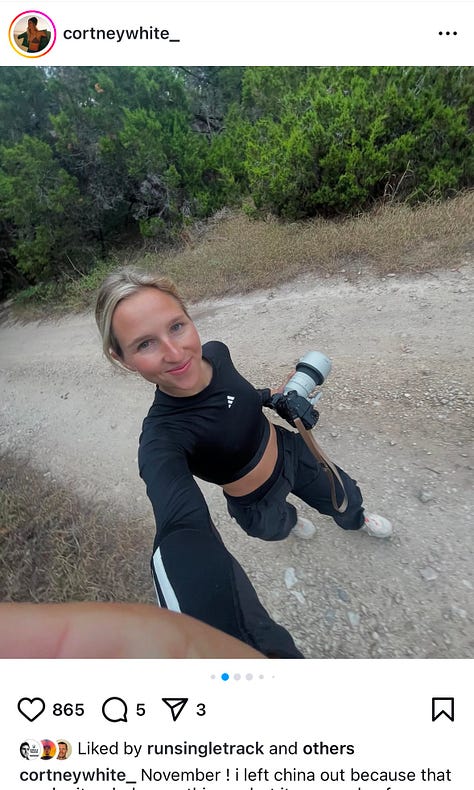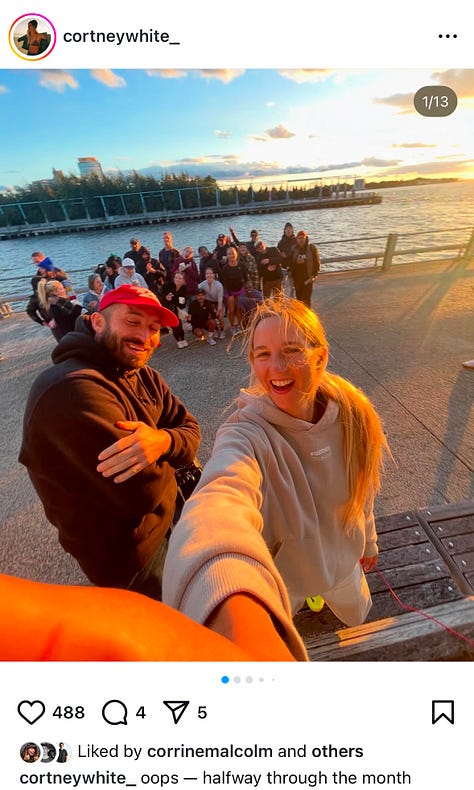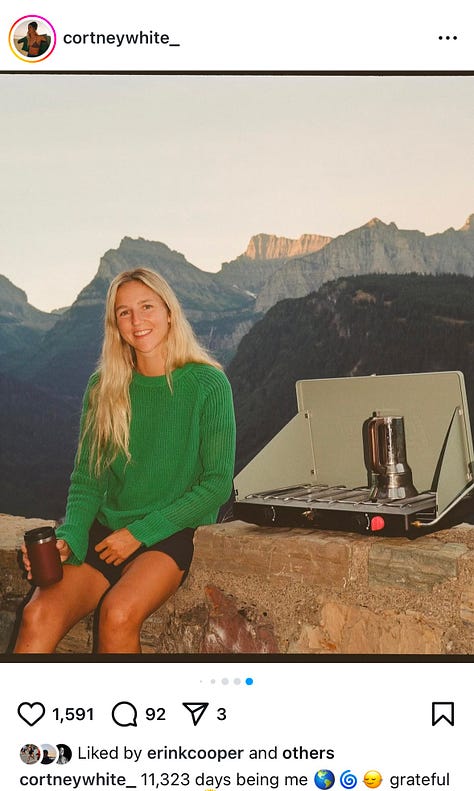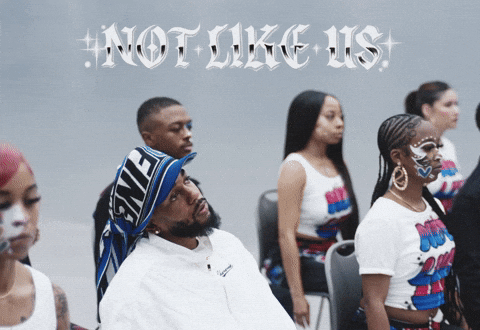Traps We Can Learn from the Surf Industry
Surfing talent will no longer get you sponsored. Plus, Nike copies Satisfy (boo), Salomon tries a lifestyle ambassador (yay!) and the void of female shoe reviewers.
And we’re back! I took a bit of time off but not much. Here’s what I’ve been working on and thinking about:
I migrated and redesigned the Auteur Sportif website and shop from Squarespace to Shopify. Squarespace is where I host my portfolio and its familiarity lowered barriers to starting but it was quickly becoming a problem for e-comm functionality.
I soft-launched the AS Ultralight Lifestyle Sock as I slowly build a product portfolio. I’m running an offer that will give you socks for free with the purchase of another item. It’s for email subscribers only so signup here and the code is in the welcome email.
The Second Nature podcast invited me to talk about 2025 predictions for running and outdoors. Steve, Aaron and I had a blast speculating about industry trends and ideas for the New Year. Listen here.
I signed up for the 50-mile distance at Quad Rock in Ft. Collins this May and agreed to pace my friend Mike Wardian at Hardrock in July. So I put a training plan together to get this dad bod back in shape. Let’s gooooo!
Last but not least, I’m thinking of bringing on a sponsor for this newsletter that would want to associate itself with the niche conversation at the center of our sport. We’re an inch wide but a mile deep and there’s a lot of value in that. I have ideas so let’s talk.
Traps We Can Learn from the Surf Industry
I often check in on other similar industries for parallel examples and lessons, surfing being one of them. There is a lot to unpack in this fantastic interview by
of with Paul Harvey, the VP of Sales at O’Neill.They not like us, or are they? Give it a watch.
Here are my notes and thoughts:
Pricing power is everything. If you’re discounting to move inventory you’re in trouble. Keep supply deliberately below demand. You should be selling out of SKUs.
Paul mentions that three years may be the tipping point for overproduction and discounting behavior. You can get away with it for 3 years but after that you can no longer recover. Three years seems long to me.
Over distribution is a trap. Once you see a brand in Costco or Kohls you’ve entered the last lifecycle stage of a brand. By falling into this trap the big brands open the window for the small niche brands to take marketshare. Our local TJ Maxx is full of surf brand apparel. I can’t think of any running brands I’ve seen in these channels though.
There’s a balance that shakes out between big licensee brands and small founder brands where the licensee brands have to “behave” or risk losing market share to challenger brands. This is a fascinating dynamic that we also see in running. Without small brands keeping big brands honest via specialty retail, the big brands will drift into oblivion by chasing big box and ultimately end up in discount channels. I think Hoka is reaching this inflection point right now. On as well. Brooks has walked this tightrope remarkably well over the years.
A brand loses value when it becomes part of a corporation and is not led by a core sport figure or founder. Typically the brand then begins reaching for unrealistic revenue goals and the dominos begin to fall. Its goals change from long-term to short-term at that point.
Paul expects the second half of 2025 to pickup for surfing after inventory issues and inflation pass. No mention of tariffs.
The licensee surf brands have placed people in charge of functions for several brands simultaneously - for example, someone runs marketing for multiple brands at once. That’s not healthy or sustainable. Sounds like a zombie brand to me.
This licensee brand dynamic opened a 2-3 year opportunity for challenger brands to fill the space - or - the licensee brands could figure it out within that timeframe. This parallels the Nike situation in running right now. In the next few years, will Nike regain their marketshare or will it be filled by others? A note on the Nike vs. Satisfy situation in the next section.
When big box shops (Macy’s, Nordstrom, Dicks) don’t do well it holds back the licensee brands. Their success is dependent on that channel. Challenger brands become a threat when their product mix is capable of selling into the Macy’s or Tillys, BUT, that isn’t a sustainable direction to go. There seems to be a tipping point in there. Staying niche and growing sustainably is the way to go. That means success in specialty shops instead. Doing it right means selling full price, quality goods and being a premium brand not a commodity brand.
Billabong has dominated women’s surf product for 15-20 years but that amazing design team is now gone. Specialized female designers and merchandisers make a massive difference. Centralized design teams aren’t as effective as specialized teams. There’s a huge opportunity in running here. Can anyone dominate women’s product like this? Another similar note in the next section.
As a pro surfer, if you want to get sponsored today, talent is NOT enough. You have to be an entrepreneur and make a brand out of yourself in the long-term. Paul looks at Youtube presence as being just as valuable as surfing talent. You need personality and talent because the way you reach surfers is different than it used to be. Going forward there will be a lot of unsponsored surfers on the pro tour. Also big parallels to running and we aren’t the only industry having this discussion. Interesting times.
Satisfy vs Nike - What an interesting showdown that I never saw coming. Nike blatantly copied Satisy’s “MothTech” look whereby Satisfy took the look of a vintage t-shirt with holes eaten by moths and combined it with heat mapping data to strategically place those holes around the shirt. It’s Satisfy’s signature and most recognizable product that has been around for years. Nike just dropped a basic Nike run t-shirt with same moth holes.
First off, the style is very off-brand for Nike and it looks silly. Second, I’m not interested in the copyright/lawsuit convo because that is a question of “can they?” and in this case the better question is “should they?” That is an easy and obvious NO. It shows they are either wildly arrogant or paying very little attention in Beaverton. You can’t shortcut a path to relevance by copying one of the most trendy, distinct and clearly Satisy looks out there. THE leader in innovation doesn’t do that. A casual runner may not even notice but Nike now loses credibility with the heart of the running market which I had been led to believe was their goal to win back. This is the opposite of that. Just by teasing on IG that I was going to write about this I received several DMs with stories about “Nike did this other thing, can you believe it!” So the underbelly of the sport is talking and moves like this reinforce the sentiment Nike is trying to change.
Meanwhile, all of this attention to the brand and Mothtech is a boost to Satisfy. Like them or not they are distinct, creative and really carving out their space in running. Watching Nike copy you must be wildly flattering and shows the impact they are having on the sport.
Salomon just dropped three carousels on IG with photographer Cortney White. This was so close to nailing the lifestyle ambassador idea that I previously wrote about here. It misses because it just doesn’t capture Cortney’s aspirational lifestyle. If I’m Salomon that’s what I want to align myself with and how I want the market to perceive my brand. Let’s see more of this:



instead of this:
There just isn’t any information in the way this is portrayed. For example:
How might someone that personifies Salomon’s “Welcome Back to Earth” message spend their time? Well, they might be in Montana spending their time outside having fun with friends while being brilliantly creative! Amazing, sign me up! Cortney personifies all of this but it just doesn’t come across here. Honestly, I do love that Salomon gave this a go though. Cortney certainly deserves the spotlight and recognition.
Female Shoe Reviewers? - Creator Kofuzi dropped a video analyzing his own YouTube viewership from 2024. It’s very informative for anyone in the game and bravo to him for being so transparent. The shoe review game is big business on the web and analyzing gear generates big clicks. Jumping out to me was his mention that his audience is 91% male. It makes perfect sense that women would have no interest in how a man might feel about a shoe especially when so many shoes are designed for the male foot. But, where are the female shoe reviewers? Am I just missing them?What an opportunity that is! I searched Youtube for “female running shoe reviews” and found videos from GetOutThereGear, Running Shoes Guru, Cora Shircel but not many others. Whereas, if I search simply “running shoe reviews” there are a million dudes who want to tell me their thoughts on any shoe model I can think of. No women. Let’s get on this! Believe in the Run maybe? It could help drive the movement toward female specific footwear.
As always I’d love your thoughts in the comments and if you’re a paid subscriber hit me up in the chat.
Happy New Year ya’ll.
-Matt







I've been filled in that Believe In The Run has something like 10 female shoe reviewers! So check them out if you are a woman who came up short a YouTube search like I did!
Re:female shoe/gear reviewers - I'm not a super crazy technical gear person, but I've worked in the space long enough to know at least as much as most guys, and yet when I would do gear reviews there was a sense that I didn't know what I was talking about or I'd have to "prove" it with a bunch of scientific explanations instead of being able to say 'it fits too tight' (for ex). It very much felt like there was a gatekeeping that keeps women out of gear reviewing a lot of the time